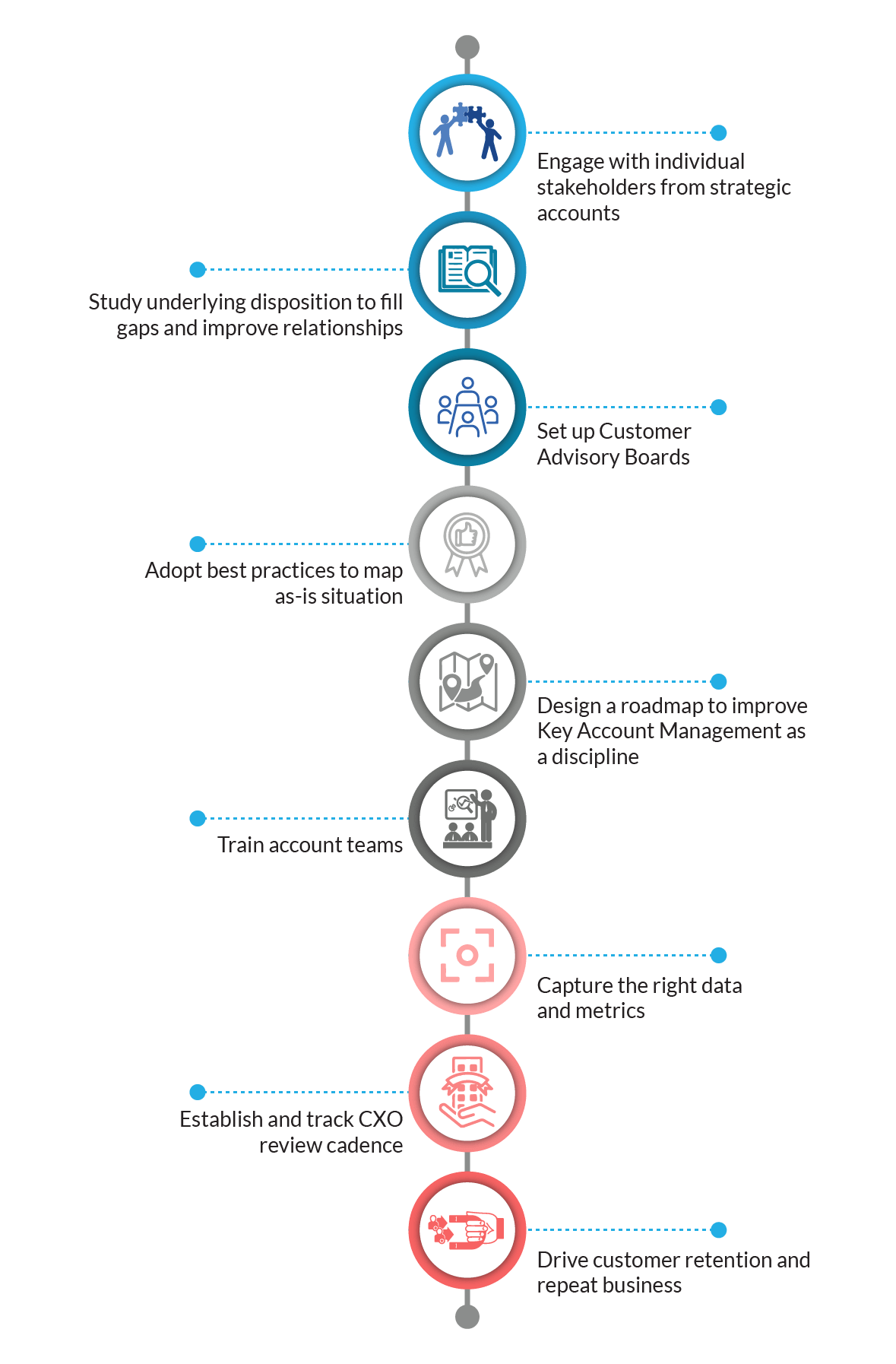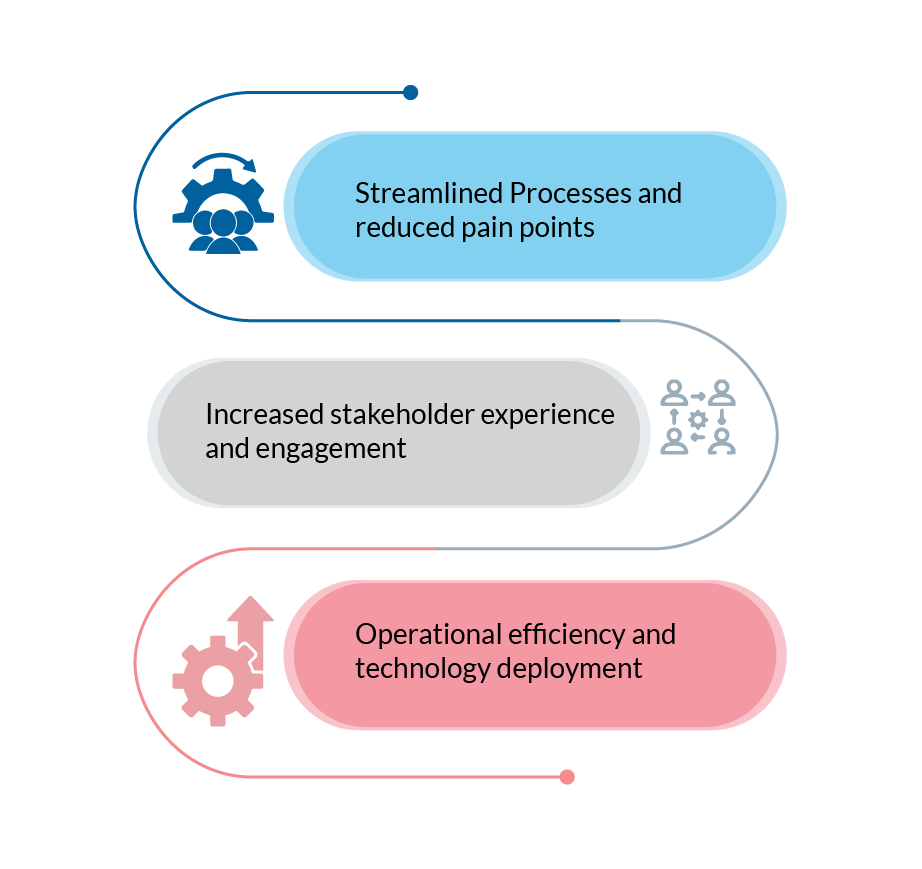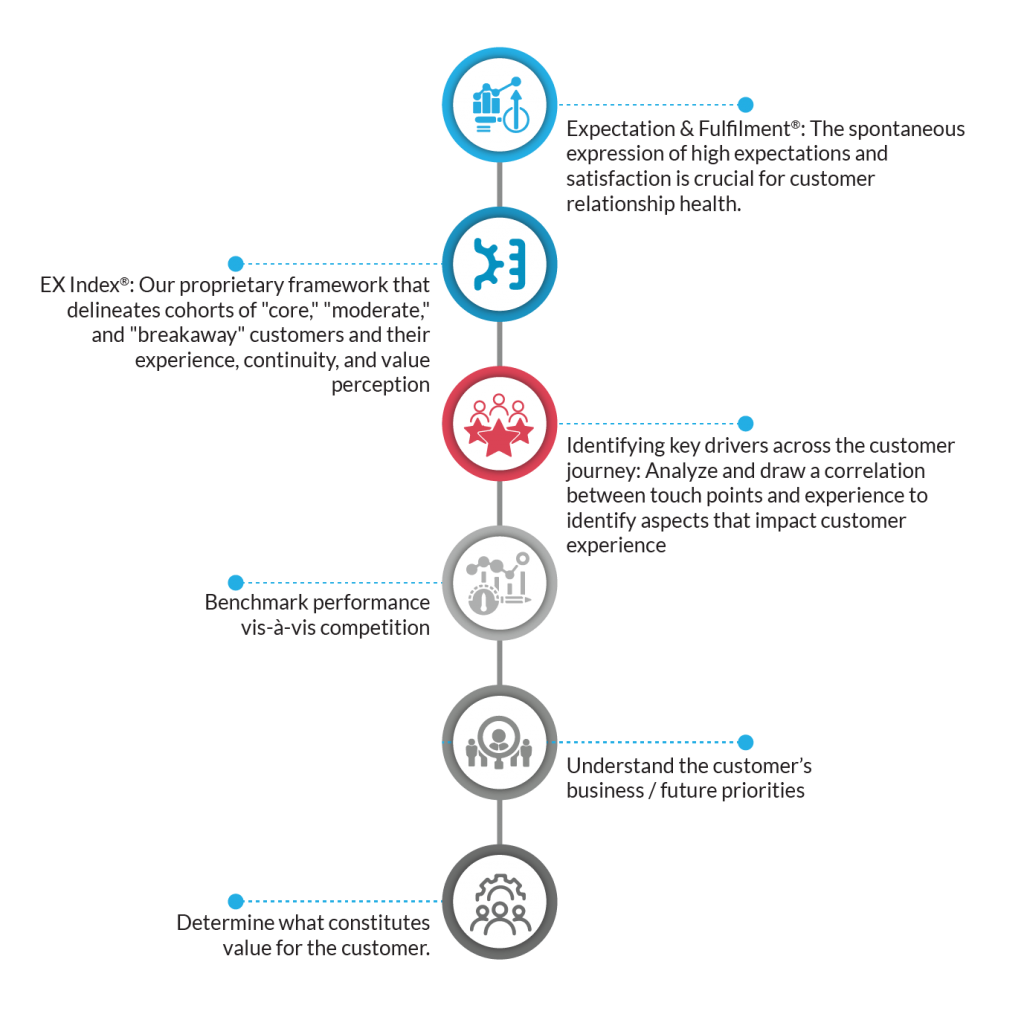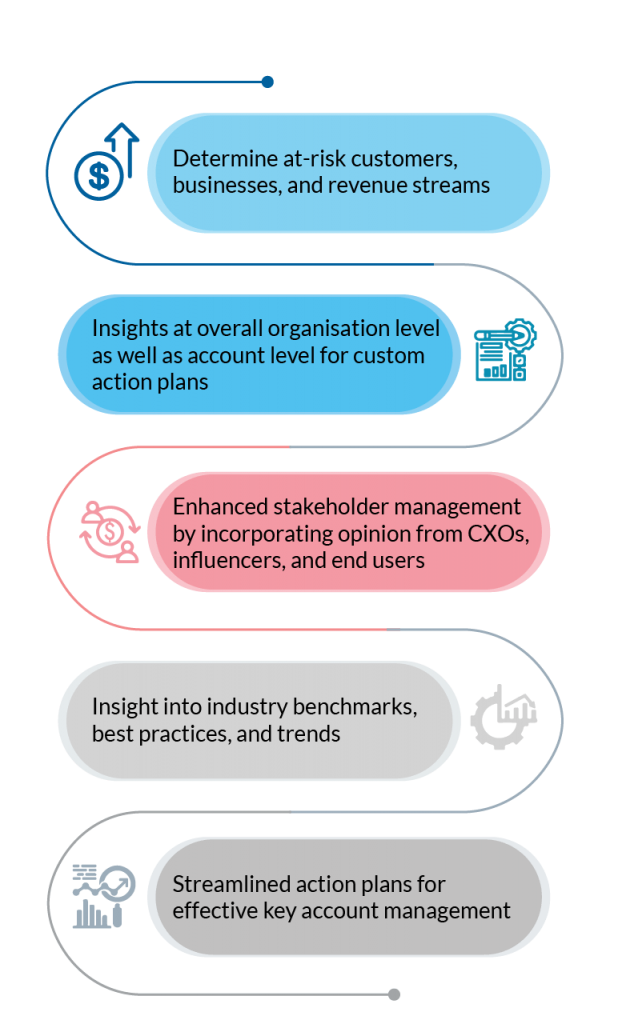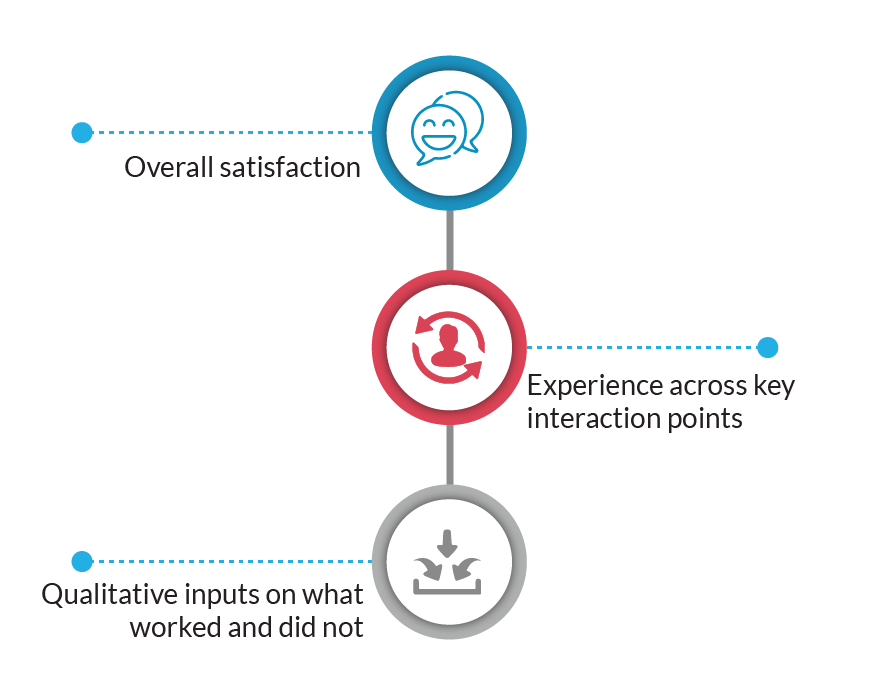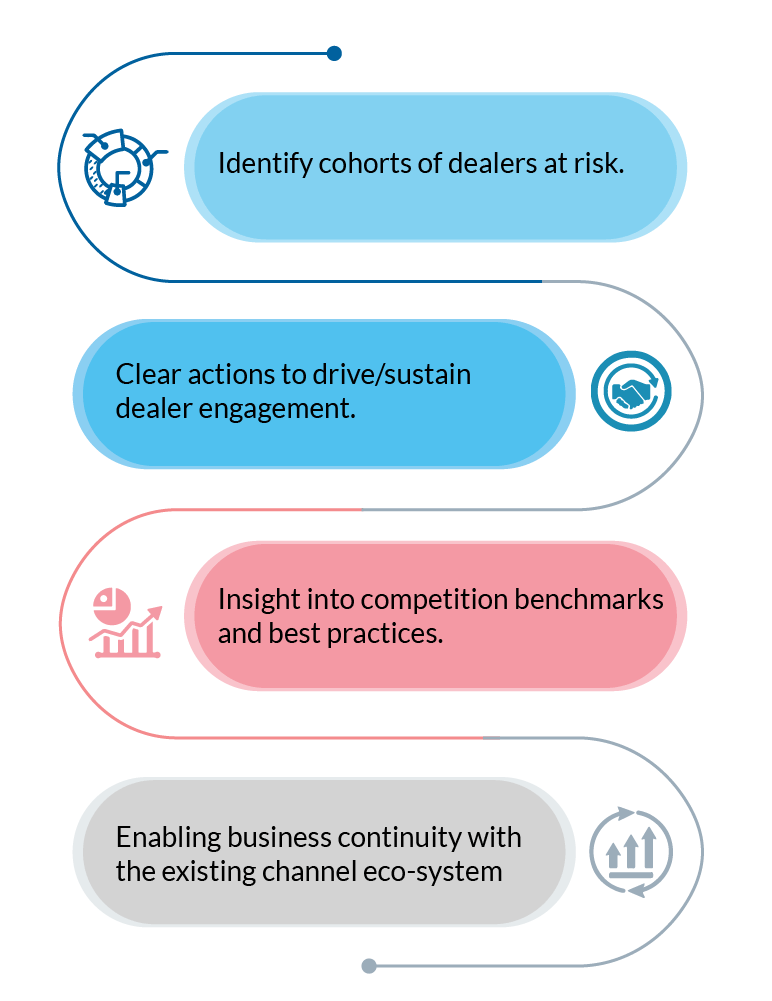Differentiation and growth are key levers sought by most businesses and challenging to achieve in the last 10 years. Customers now a days have easy access to information and demonstrate reduced loyalty to brands. To address this, we have seen most market leaders adopt customer centricity, to derive competitive advantage and pave way to collaborate both with partners and customers.
There are distinct 3 levels of maturity to achieve the highest levels of customer centricity.

Level 1: Basic
What it involves: This involves meeting ‘Contractual’ or ‘Service Delivery Commitments’. The minimum expectations are met in this level such as zero-defect delivery and a quick turnaround to all queries/support requests.
What works best: To excel at this level, one needs to
- Understand client requirements well
- Communicate proactively esp. on Issues, giving unpleasant information early etc
- Transparency in operations
- Risk management (Having back up plans)
Level 2: Collaborative
What it involves: This involves bringing in a partnership perspective with clients and being nimble/agile in meeting their requirements.
What works best: Fostering collaboration and trust at this level is critical. This is done through
- Working towards common goals
- Having regular operational and leadership meetings
- Collaboratively managing risks
- Maintaining highest levels of transparency on all aspects of the engagement
Level 3: Strategic
What it involves: This involves a high display of ownership amongst both parties.
What works best: Going beyond the brief is the hallmark of this level. Organisations work on
- Sharing and working on innovative ideas
- Improving on existing processes and systems
- Leveraging technology where possible.
“One needs to invest in a relationship to create engagement, and trust. It’s a mutual journey and one must look at it as a partnership. This is crucial in building a customer centric culture. Customer centric teams enables greater levels of trust and sharing of information.”
Chandramouli S, CEO, Feedback Business Insights





























